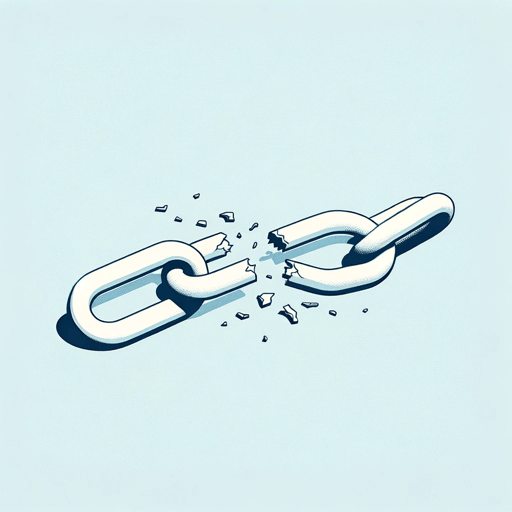48 pages • 1 hour read
Thomas PaineThe Rights of Man
Nonfiction | Book | Adult | Published in 1791A modern alternative to SparkNotes and CliffsNotes, SuperSummary offers high-quality Study Guides with detailed chapter summaries and analysis of major themes, characters, and more.
Part 2, IntroductionChapter Summaries & Analyses
Part 2, Introduction Summary
Paine credits the American revolutionaries with inaugurating a new era by opening the eyes of the world to the fact that republican liberty means improvement for humankind. He contrasts America’s republicanism with the political situation in Europe, where monarchical governments make war so as to enrich the few at the expense of the many. In Part 2, Paine promises to examine the consequences of hereditary government.
Part 2, Introduction Analysis
Paine’s brief introduction makes Part 2’s most important argument explicit: There is a direct connection between a nation’s form of government and the condition of its people. In Europe and in Britain, Paine finds “hordes of miserable poor,” who are “the consequence of what in such countries is called government” (234). Furthermore, war is the primary method by which hereditary governments enslave the people. Wars mean debts, debts require taxes, and taxes redistribute wealth upward.
Although Part 2 also builds on arguments introduced in Part 1—in particular those related to constitutions—Paine’s explicit connections between war, poverty, and hereditary government introduce a new key element of his thought. His aversion to war, coupled with his focus on improving the lot of the common man, represents both one of Part 2’s most important arguments and is one of Paine’s most revolutionary ideas more generally.
Related Titles
By Thomas Paine
Featured Collections
Books on Justice & Injustice
View Collection
Books on U.S. History
View Collection
Challenging Authority
View Collection
Class
View Collection
Class
View Collection
European History
View Collection
Nation & Nationalism
View Collection
Philosophy, Logic, & Ethics
View Collection
Politics & Government
View Collection
Power
View Collection




